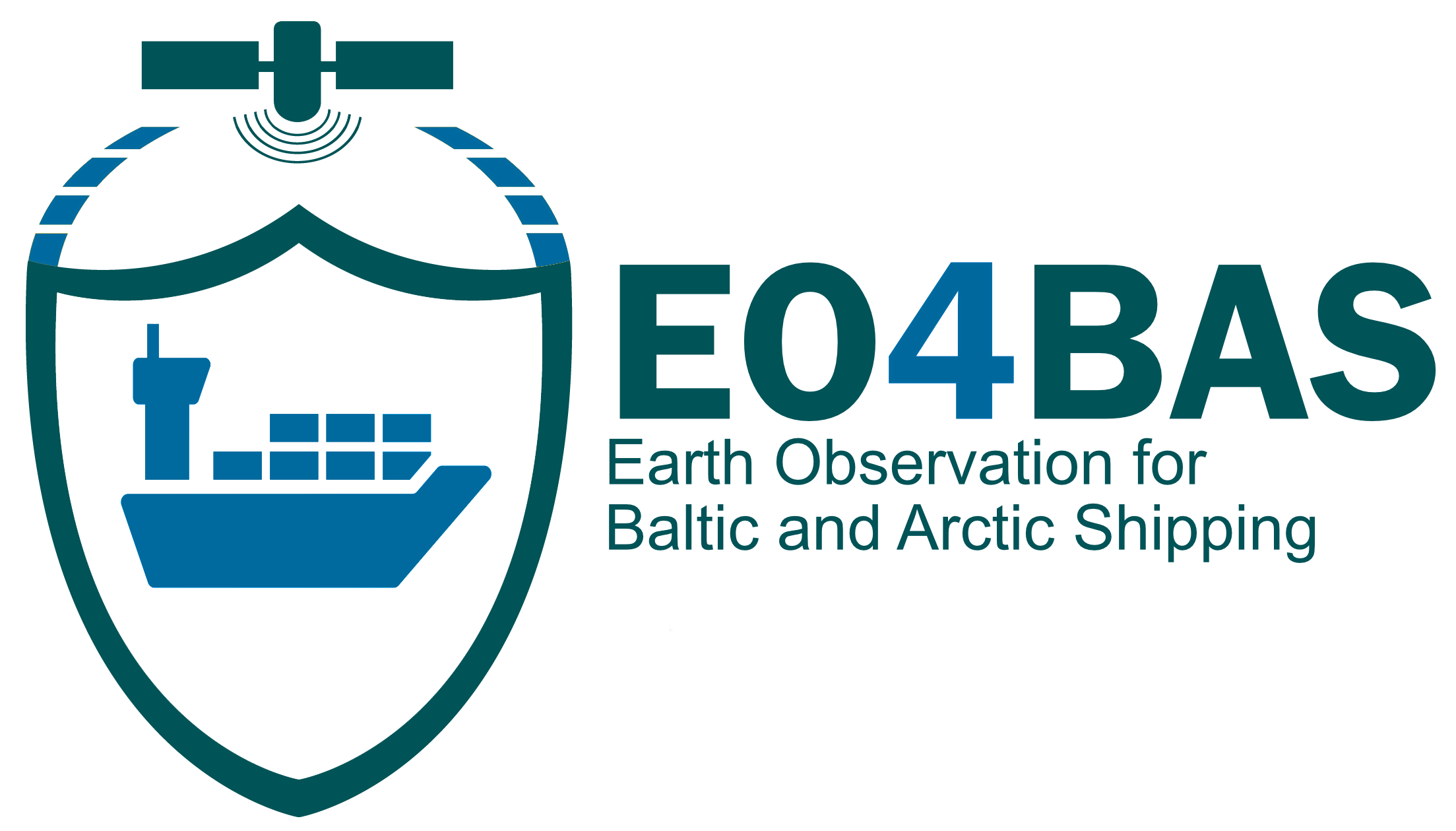Product Description
Description
Product Specifications
TableSea ice moves through several stages developing in different types of ice depending on time and environmental conditions. The variety of ice types/developments can vary in how being classified. For example, the Australian Government (2017) defines as developments the following ice types: 1. new ice, 2. nilas, 3. pankcake ice, 4. young ice, 5. old ice. While the National Snow and Ice data Center defines each stage of sea ice developments as new ice, nilas, young ice, and multiyear ice (National Snow and Ice Data Center, n.d.). A classification of sea ice stage development is used for operational purposes using the age of the ice as a proxy for its thickness, see sea ice nomenclature (Norwegian Metrological Institute, n.d.).
The ice charts showing ice type are high-resolution routine products based on variety of satellite data sources, primarily SAR and optical sensors and provide sea ice concentration as well as delineating areas of fast ice.
Identifying sea ice concentration and type from SAR data remains challenging due to many-to-one scenarios, where different sea ice geophysical properties have the potential to appear with the same SAR backscatter, or to the same combination of polarimetric backscatter in the different SAR bands (C-, X- and S-band). Automated processes that apply machine learning techniques to large datasets including multiple sensors and frequencies could improve the retrieval of ice type by solving the response signatures ambiguities (Kruk et al., 2020; Wakabayashi et al., 2004). For instance, a recent method based on quad-pol Gaofen-3 (C-band) discriminates the characterization of a variety of ice types/developments, such as open water (OW), New ice (NI), Young Ice (YI), and First Year Ice (FYI), with an overall accuracy of over 90% (Yang et al., 2023).
Product Specifications
BUSINESS PROCESS | SD, SC, SCE, IN, SO |
DESCRIPTION | Sea ice moves through several stages developing in different types of ice depending on time and environmental conditions. A classification of sea ice stage development is used for operational purposes using the age of the ice as a proxy for its thickness. Specific terms such as new ice, nilas, young ice, and multiyear ice are used in the shipping sector for each stage of sea ice development. |
EO INFORMATION OF INTEREST | Detection of categories of sea ice developments/types, including open water, first year ice, multiple year ice, ambiguously, unclassified ice. |
MAIN PROCESS STEPS | Raw satellite data undergo preprocessing to correct for atmospheric effects, sensor noise, and geometric distortions. Calibration ensures that measurements are accurate and consistent. Satellite SAR data play a crucial role in sea ice classification, algorithms classify ice types (e.g., multiyear ice, first-year ice, open water) based on backscatter properties of polarimetric SAR signature (also using neural networks). Sea ice classification can be also retrieved based on analysis of emissivity spectra from microwave sensors. |
INPUT DATA SOURCE | RADARSAT-2 and RADARSAT (Canada), Sentinel-1A and -1B (EU), Gaofen-3 (China), AMSR2 and ERA 5 |
SPATIAL RESOLUTION AND COVERAGE | RADARSAT and Sentinel-1 spatial resolution below 100 m ground resolution and regional coverage (e.g., up to 500 km by 500 km); Gaofen 3 Stripmap I (QPSI) with 30 km ground swath and 8 m nominal resolution. To summarize, the final resolution ranges between 8 and 100 meters, while the swath extent ranges between 30 km up to 500 km. |
ACCURACY / CONSTRAINS | Accuracy varies based on sensor type, resolution, algorithms, and validation efforts. Researchers continually refine methods to enhance accuracy. Tests of Gaofen-3 (C-band) SAR report accuracy > 0.90 for open water (OW), new ice (NI), young ice (YI), and first-year ice (FYI). |
LIMITATIONS | Currently limited to few categories (open water, new ice, and first-year ice, multiple years ice). The interpretation of data can indeed be challenging, especially when handled by personnel without extensive experience in the field. |
TEMPORAL RESOLUTION | Daily for opensource data, more images per day using commercial satellite e.g. SAR image 1 per day (Sentinel-1), more images per day under request (RADARSAT, Gaofen-3) |
FREQUENCY UPDATE | Sea ice classes updated on weekly (or longer) intervals |
DELIVERY / OUTPUT FORMAT | NetCDF-3, NetCDF-4 |
ACCESSIBILITY | Copernicus Maritime Service and Artic hub and other commercial satellite data providers |
Business Process Challenges
Ship Design (SD) Challenges
- SD-1 Environmental Conditions
- SD-2 Defining Ice Class for Vessels
- SD-3 Vessel Concept, dimensions, and design
- SD-4 Material Selection in Ship Design Phase
- SD-5 Deciding design temperature (based on intended operations)
Ship Construction Challenges
Ship Construction (SC) Challenges
- SC-
- SC-1 Lifting Operations
- SC-2 Tow Operations
- SC-3 Planning of Sea Trials Outside of Ice Season
- SC-4 Avoiding Ice During Sea Trials
- SC-5 Planning of Sea Ice Trials
- SC-6 Finding Suitable Ice During Sea Trials
- SC-7 Ship Operation in Ice During Sea Trials
Ship Certification
SCE-1 Defining Operational Limit Temperatures(SCE) Challenges
- SCE-2 Icing Prediction for Vessel CertificationSCE-3 Risk Assessment for Operations in Ice
- SCE-4 Strategic Planning using Polaris
- SCE-5 Monitoring Ship Icing Conditions During VoyageSCE-6 Monitoring Sea Ice Conditions During Voyage
- SCE-7 Defining Design Parameters for Ship Class Rules
- SCE-8 Ship Emission Monitoring
- SCE-9 Ship Monitoring, Location and Operation
- SCE-10 Oil and Substance Spill Monitoring
Insurance (IN) Challenges
- IN-1 Incident InvestigationIN-2 Understanding the Current and Future Expected Conditions
- IN-3 Ensure compliance of portfolio with Poseidon PrinciplesIN-4 Risk evaluating vessels according to POLARIS
Ship Operation (SO) Challenges
- SO-1 Navigating Through Ice
- SO-2 Avoiding Ice Edge
- SO-3 Navigating Along (or just inside) the Ice Edge
- SO-4 Avoiding Ship Icing Conditions
- SO-5 Avoiding Sea Ice
- SO-6 Oil Spill Monitoring
- SO-7 Avoiding Snow Cover on Ice
- SO-8 Strategic PlanningSO-9 Risk Analysis According to POLARIS
- SO-10 Search & Rescue Operations
- SO-11 Monitoring Vessels Without AIS Transponder
- SO-12 Navigating Waters with Poor Charting

